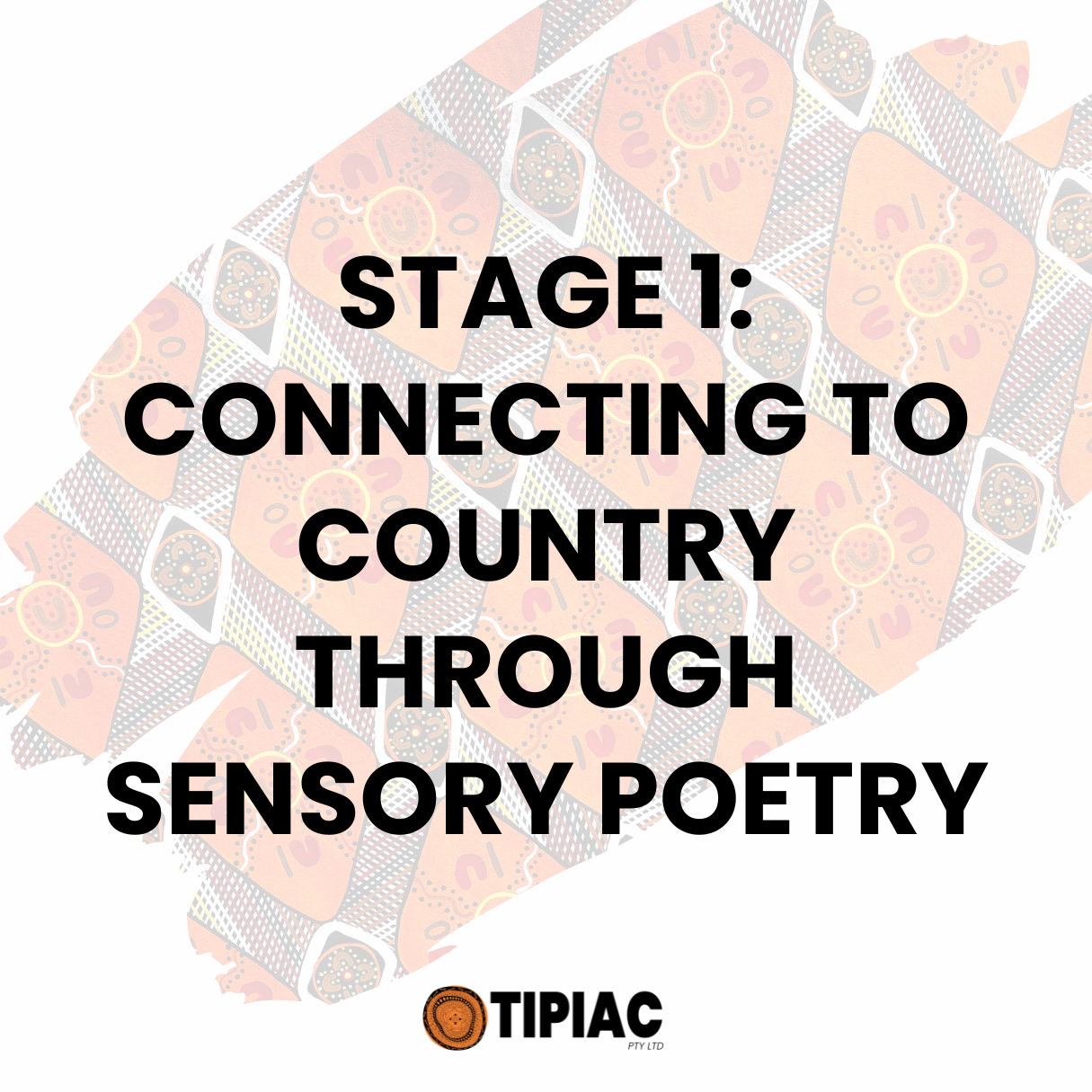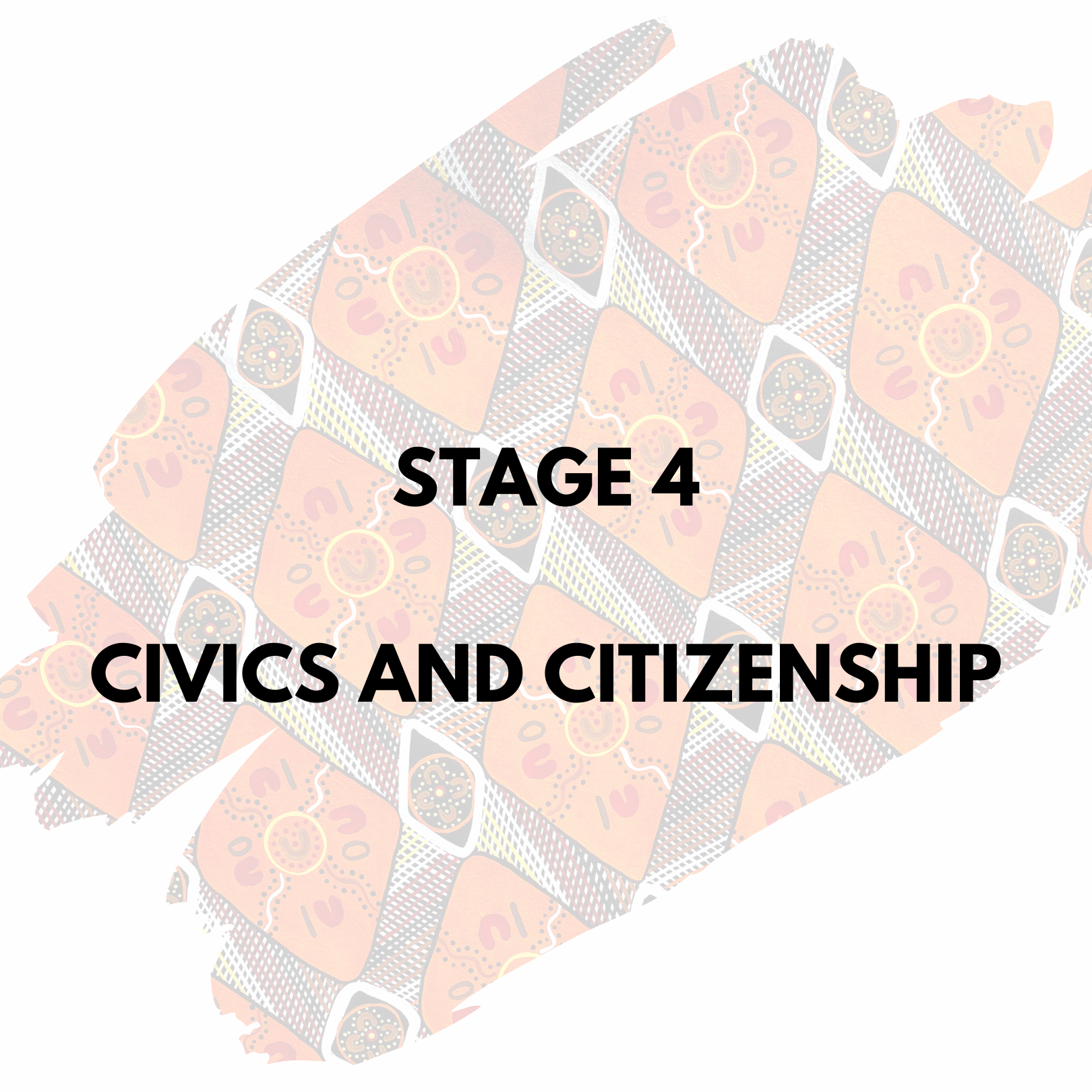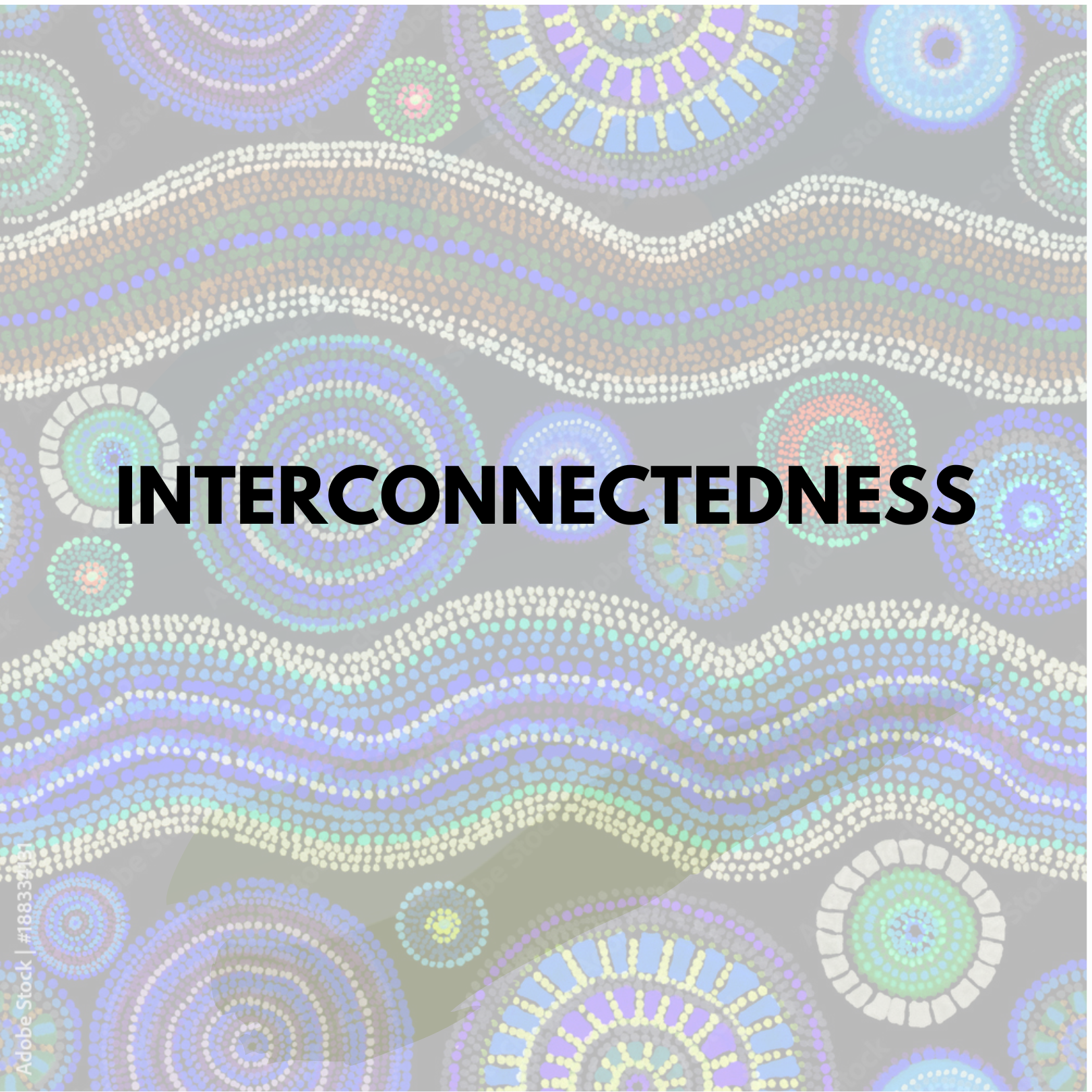
Year 10 History: 1967 Referendum. Lesson 1.
Learning Intention
Students use inquiry skills to create answer a key focus question using evidence from primary and secondary sources
Success Criteria
Students will answer their key focus question by writing an extended written response, using evidence from primary and secondary sources
year 10
Subject Area: History
Duration: 1 – 2 lessons
Year 10 History
Building Modern Australia
AC9HH10K10: the contributions of significant individuals and groups in the campaign for the recognition of the rights of First Nations Australians and the extent to which they brought change to Australian society
AC9HH10K11: the significant events and methods in the movement for the civil rights of First Nations Australians and the extent to which they contributed to change
The Globalising World
AC9HH10K18: continuities and changes in perspectives, responses, beliefs and values that have influenced the Australian way of life
Historical Perspectives and Interpretations
AC9HH10S06: compare perspectives in sources and explain how these are influenced by significant events, ideas, locations, beliefs and values
Communicating
Ac9HH10S08: create descriptions, explanations and historical arguments, using historical knowledge, concepts and terms that incorporate and acknowledge evidence from sources
Relevent Unit
HistoryRelevent Stage
Stage 5
Year 9 History: 1967 Referendum. Lesson 1.
Grade Level: Year 9
Subject Area: History
Year 9 History
Questioning and Research
AC9HH8S01: develop historical questions about the past to inform historical inquiry
AC9HH8S02: locate and identify primary and secondary sources to use in historical inquiry
Using Historical Sources
AC9HH8S03: identify the origin, content, context and purpose of primary and secondary sources
Historical Perspectives and Interpretations
AC9HH8S07: explain historical interpretations about significant events, individuals and groups
AC9HH9S06: compare perspectives in sources and explain how these are influenced by significant events, ideas, locations, beliefs and values
Communicating
AC9HH8S07: explain historical interpretations about significant events, individuals and groups
Relevent Unit
HistoryRelevent Stage
Stage 5
Year 8 History: 1967 Referendum. Lesson 1.
Year Level: Grade 8
Subject Area: History
Duration: 1-2 lessons.
Year 8 History
Questioning and Research
AC9HH8S01: develop historical questions about the past to inform historical inquiry
AC9HH8S02: locate and identify primary and secondary sources to use in historical inquiry
Using Historical Sources
AC9HH8S03: identify the origin, content, context and purpose of primary and secondary sources
Historical Perspectives and Interpretations
AC9HH8S07: explain historical interpretations about significant events, individuals and groups
Communicating
AC9HH8S07: explain historical interpretations about significant events, individuals and groups
Relevent Unit
HistoryRelevent Stage
Stage 4
Stage 1: Connecting to Country through Sensory Poetry
Grade Level: Year 1 & 2
Subject Area: English
Lesson Overview: This lesson uses the poem “When I Am Out in Nature” by Xavier K a Year 3 student from explores the concept of ‘Country’ in Aboriginal and Torres Strait Islander cultures, focusing on how sensory experiences in nature connect to understanding and valuing Country. Students will learn to use sensory descriptions to express their connection to the natural world, reflecting the First Nations Australian practice of deeply connecting with the land.
Australian Curriculum English Outcomes for Stage 1 (Years 1-2):
- ACELT1581: Respond to texts, identifying favourite stories, authors, and illustrators.
- ACELY1655: Describe the effects of ideas, text structures, and language features of literary texts.
- ACELY1660: Listen to and respond orally to texts and to the communication of others in informal and structured classroom situations.
Relevent Unit
Aboriginal Studies | English | LiteracyRelevent Stage
Early Learning Stage 1 | Preschool | Stage 1
Grade Level: Year 7
Subject Area: Civics and Citizenship
Duration: 1 Lesson
Learning Objectives
Content Descriptions
Civics and Citizenship
Citizenship, Diversity and Identity
AC9HC7K04: how Australia’s secular democracy and pluralist, multi-faith society draws upon diverse cultural origins, including Christian and Western heritage, distinct First Nations Australian histories and cultures, and migrant communities
AC9HC7K05: how values based on freedom, respect, fairness and equality of opportunity can support social cohesion and democracy within Australian society
Relevent Unit
Civics and Citizenship | HistoryRelevent Stage
Stage 4
Year 7 Maths. Rounding off Decimals
Grade Level: Year 7
Subject Area: Maths
Duration: 1 lesson
Content Descriptions
Number
Relevent Unit
MathematicsRelevent Stage
Stage 4
Year 8 English: Interconnectedness. Lessons 17 – 20: Creating Good Copies
Grade Level: Year 8
Subject Area: English
Duration: 20 Lesson Unit
Content Descriptions
Literature and Contexts
ACE9E8LE01: explain the ways that ideas and points of view may represent the values of individuals and groups in literary texts, drawn from historical, social and cultural contexts, by First Nations Australian, and wide-ranging Australian and world.
Language for Interacting with Others
AC9E8LA02: understand how layers of meaning can be created when evaluating by using literary devices such as simile and metaphor.
Engaging with and Responding to Literature
AC9E8LE02: share opinions about the language features, literary devices and text structures that contribute to the styles of literary texts
AC9E8LE03: explain how language and/or images in texts position readers to respond and form viewpoints
Examining Literature
AC9E8LE05: analyse how language features such as sentence patterns create tone, and literary devices such as imagery create meaning and effect
AC9E8LE05: analyse how language features such as sentence patterns create tone, and literary devices such as imagery create meaning and effect
Creating Texts
AC9E8LY06: plan, create, edit and publish written and multimodal texts, organising and expanding ideas, and selecting text structures, language features, literary devices and visual features for purposes and audiences in ways that may be imaginative, reflective, informative, persuasive and/or analytical.
Relevent Unit
English | LiteracyRelevent Stage
Stage 4
Year 8 English: Interconnectedness. Lesson 14 – 16 Drafting
Grade Level: Year 8
Subject Area: English
Duration: 20 Lesson Unit
Content Descriptions
Literature and Contexts
ACE9E8LE01: explain the ways that ideas and points of view may represent the values of individuals and groups in literary texts, drawn from historical, social and cultural contexts, by First Nations Australian, and wide-ranging Australian and world.
Language for Interacting with Others
AC9E8LA02: understand how layers of meaning can be created when evaluating by using literary devices such as simile and metaphor.
Engaging with and Responding to Literature
AC9E8LE02: share opinions about the language features, literary devices and text structures that contribute to the styles of literary texts
AC9E8LE03: explain how language and/or images in texts position readers to respond and form viewpoints
Examining Literature
AC9E8LE05: analyse how language features such as sentence patterns create tone, and literary devices such as imagery create meaning and effect
AC9E8LE05: analyse how language features such as sentence patterns create tone, and literary devices such as imagery create meaning and effect
Creating Texts
AC9E8LY06: plan, create, edit and publish written and multimodal texts, organising and expanding ideas, and selecting text structures, language features, literary devices and visual features for purposes and audiences in ways that may be imaginative, reflective, informative, persuasive and/or analytical.
Relevent Unit
English | LiteracyRelevent Stage
Stage 4
Year 8 English: Interconnectedness. Lesson 13 – Constructing Your Draft
Grade Level: Year 8
Subject Area: English
Duration: 20 Lesson Unit
Content Descriptions
Literature and Contexts
ACE9E8LE01: explain the ways that ideas and points of view may represent the values of individuals and groups in literary texts, drawn from historical, social and cultural contexts, by First Nations Australian, and wide-ranging Australian and world.
Language for Interacting with Others
AC9E8LA02: understand how layers of meaning can be created when evaluating by using literary devices such as simile and metaphor.
Engaging with and Responding to Literature
AC9E8LE02: share opinions about the language features, literary devices and text structures that contribute to the styles of literary texts
AC9E8LE03: explain how language and/or images in texts position readers to respond and form viewpoints
Examining Literature
AC9E8LE05: analyse how language features such as sentence patterns create tone, and literary devices such as imagery create meaning and effect
AC9E8LE05: analyse how language features such as sentence patterns create tone, and literary devices such as imagery create meaning and effect
Creating Texts
AC9E8LY06: plan, create, edit and publish written and multimodal texts, organising and expanding ideas, and selecting text structures, language features, literary devices and visual features for purposes and audiences in ways that may be imaginative, reflective, informative, persuasive and/or analytical.
Relevent Unit
English | LiteracyRelevent Stage
Stage 4
Year 8 English: Interconnectedness. Lesson 12 – Visual Effects Analysis
Grade Level: Year 8
Subject Area: English
Duration: 20 Lesson Unit
Content Descriptions
Literature and Contexts
ACE9E8LE01: explain the ways that ideas and points of view may represent the values of individuals and groups in literary texts, drawn from historical, social and cultural contexts, by First Nations Australian, and wide-ranging Australian and world.
Language for Interacting with Others
AC9E8LA02: understand how layers of meaning can be created when evaluating by using literary devices such as simile and metaphor.
Engaging with and Responding to Literature
AC9E8LE02: share opinions about the language features, literary devices and text structures that contribute to the styles of literary texts
AC9E8LE03: explain how language and/or images in texts position readers to respond and form viewpoints
Examining Literature
AC9E8LE05: analyse how language features such as sentence patterns create tone, and literary devices such as imagery create meaning and effect
AC9E8LE05: analyse how language features such as sentence patterns create tone, and literary devices such as imagery create meaning and effect
Creating Texts
AC9E8LY06: plan, create, edit and publish written and multimodal texts, organising and expanding ideas, and selecting text structures, language features, literary devices and visual features for purposes and audiences in ways that may be imaginative, reflective, informative, persuasive and/or analytical.
Relevent Unit
English | LiteracyRelevent Stage
Stage 4
Year 8 English: Interconnectedness. Lesson 11 – Visual Effects Analysis
Grade Level: Year 8
Subject Area: English
Duration: 20 Lesson Unit
Content Descriptions
Literature and Contexts
ACE9E8LE01: explain the ways that ideas and points of view may represent the values of individuals and groups in literary texts, drawn from historical, social and cultural contexts, by First Nations Australian, and wide-ranging Australian and world.
Language for Interacting with Others
AC9E8LA02: understand how layers of meaning can be created when evaluating by using literary devices such as simile and metaphor.
Engaging with and Responding to Literature
AC9E8LE02: share opinions about the language features, literary devices and text structures that contribute to the styles of literary texts
AC9E8LE03: explain how language and/or images in texts position readers to respond and form viewpoints
Examining Literature
AC9E8LE05: analyse how language features such as sentence patterns create tone, and literary devices such as imagery create meaning and effect
AC9E8LE05: analyse how language features such as sentence patterns create tone, and literary devices such as imagery create meaning and effect
Creating Texts
AC9E8LY06: plan, create, edit and publish written and multimodal texts, organising and expanding ideas, and selecting text structures, language features, literary devices and visual features for purposes and audiences in ways that may be imaginative, reflective, informative, persuasive and/or analytical.
Relevent Unit
English | LiteracyRelevent Stage
Stage 4
Year 8 English: Interconnectedness. Lesson 10 – Song Analysis using Literary Devices
Grade Level: Year 8
Subject Area: English
Duration: 20 Lesson Unit
Content Descriptions
Literature and Contexts
ACE9E8LE01: explain the ways that ideas and points of view may represent the values of individuals and groups in literary texts, drawn from historical, social and cultural contexts, by First Nations Australian, and wide-ranging Australian and world.
Language for Interacting with Others
AC9E8LA02: understand how layers of meaning can be created when evaluating by using literary devices such as simile and metaphor.
Engaging with and Responding to Literature
AC9E8LE02: share opinions about the language features, literary devices and text structures that contribute to the styles of literary texts
AC9E8LE03: explain how language and/or images in texts position readers to respond and form viewpoints
Examining Literature
AC9E8LE05: analyse how language features such as sentence patterns create tone, and literary devices such as imagery create meaning and effect
AC9E8LE05: analyse how language features such as sentence patterns create tone, and literary devices such as imagery create meaning and effect
Creating Texts
AC9E8LY06: plan, create, edit and publish written and multimodal texts, organising and expanding ideas, and selecting text structures, language features, literary devices and visual features for purposes and audiences in ways that may be imaginative, reflective, informative, persuasive and/or analytical.